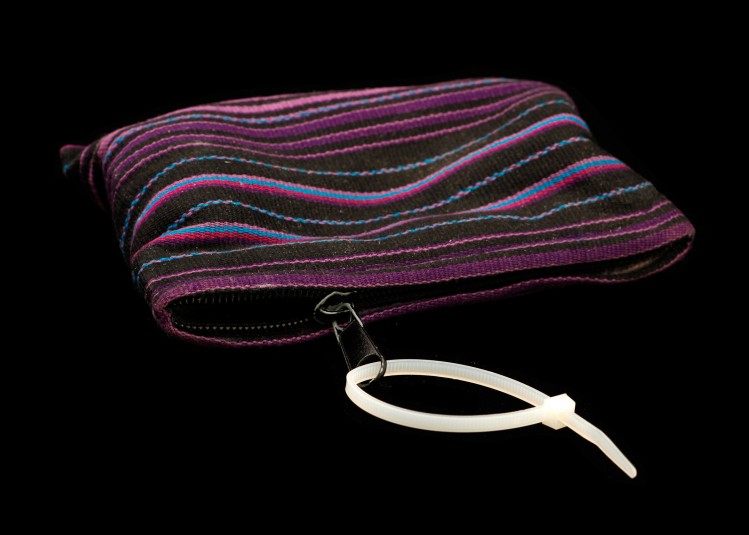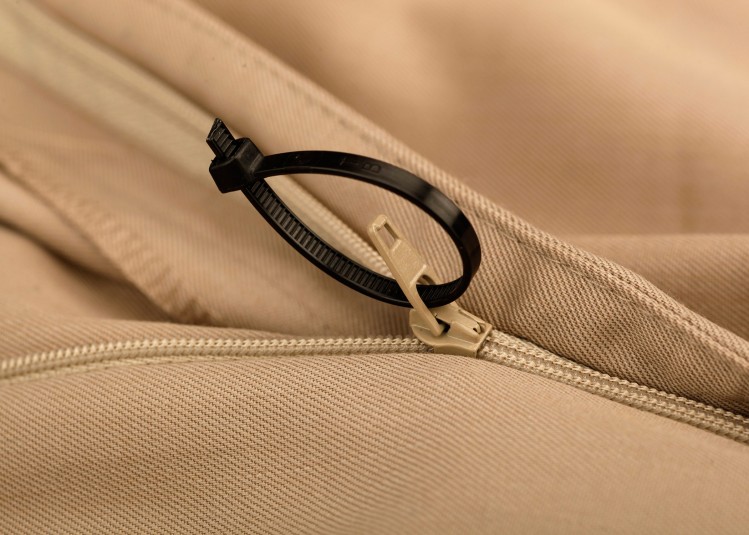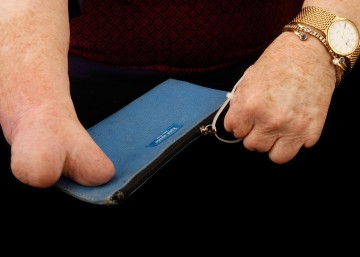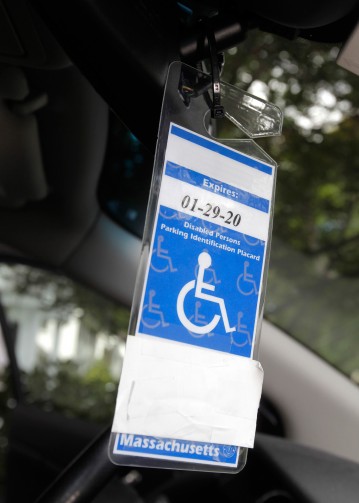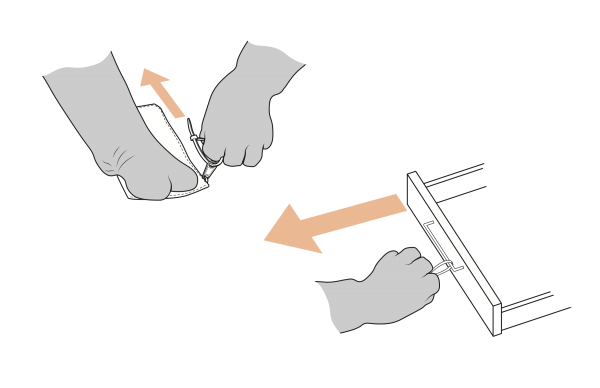Cable Ties
For Cindy, the loops on cable ties make for much easier open-close grips on things like drawer pulls and small zipper pulls.
Description
“I have hundreds of these,” Cindy told us about these cable ties. They’re one of the most valuable adaptations she has—and she’s not alone! Cable ties, also known as zip ties, were first invented for aerospace applications, but their simple ratchet structure, especially in lightweight plastic, make them a secure and easy loop attachment for many household uses.
For Cindy, these loops make for much easier open-close grips on things like drawer pulls and small zipper pulls. Now she can adapt her old furniture and existing personal items like purses and makeup bags without replacing them entirely. We’re interested in Cindy’s acts of appropriation like this, as part of a larger engineering practice that our students are unlikely to initially see as something that “counts.”
